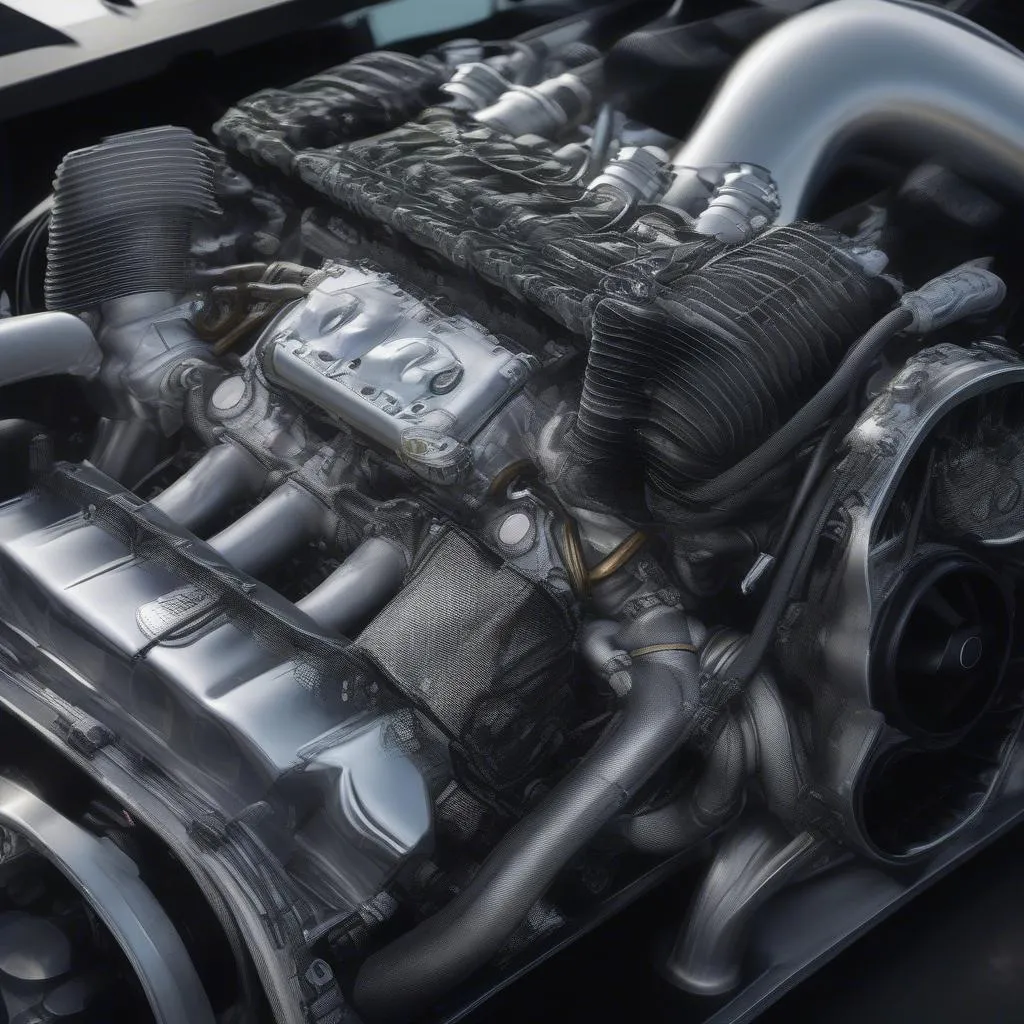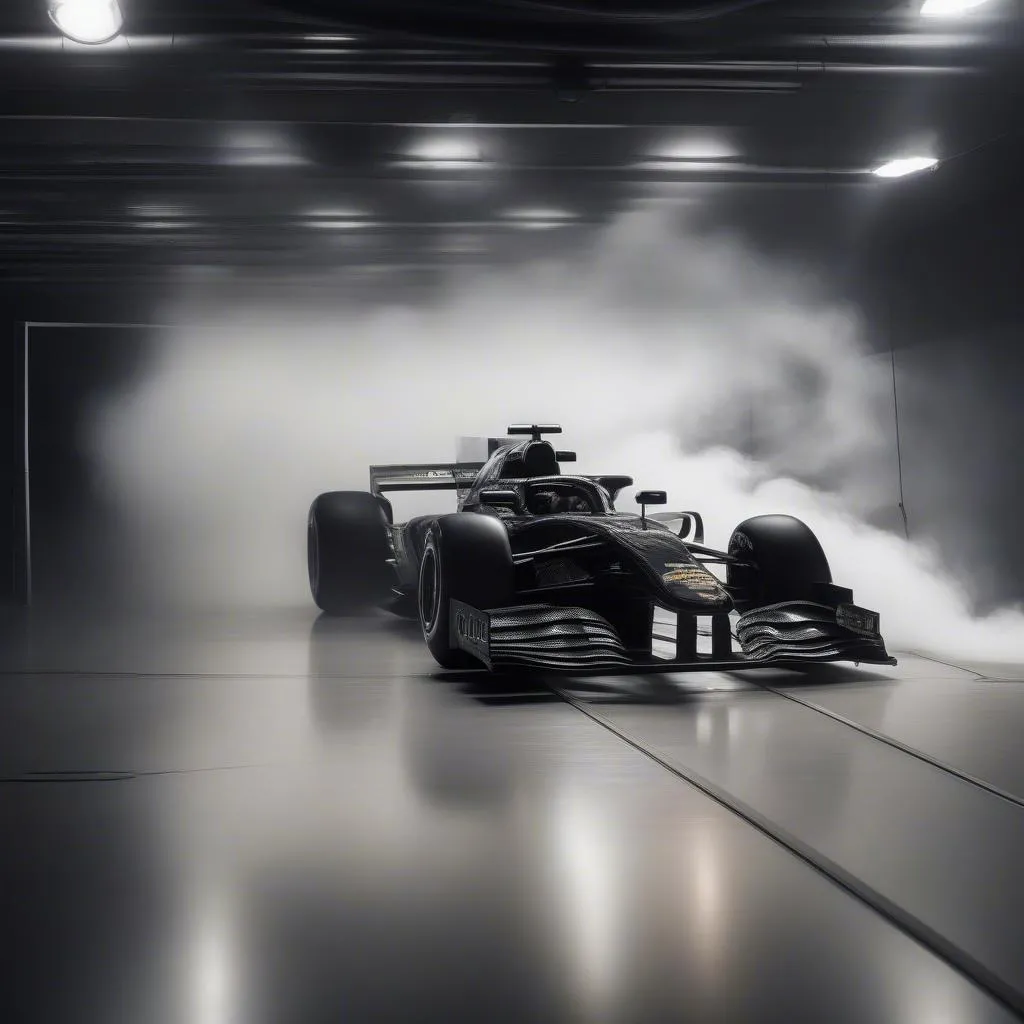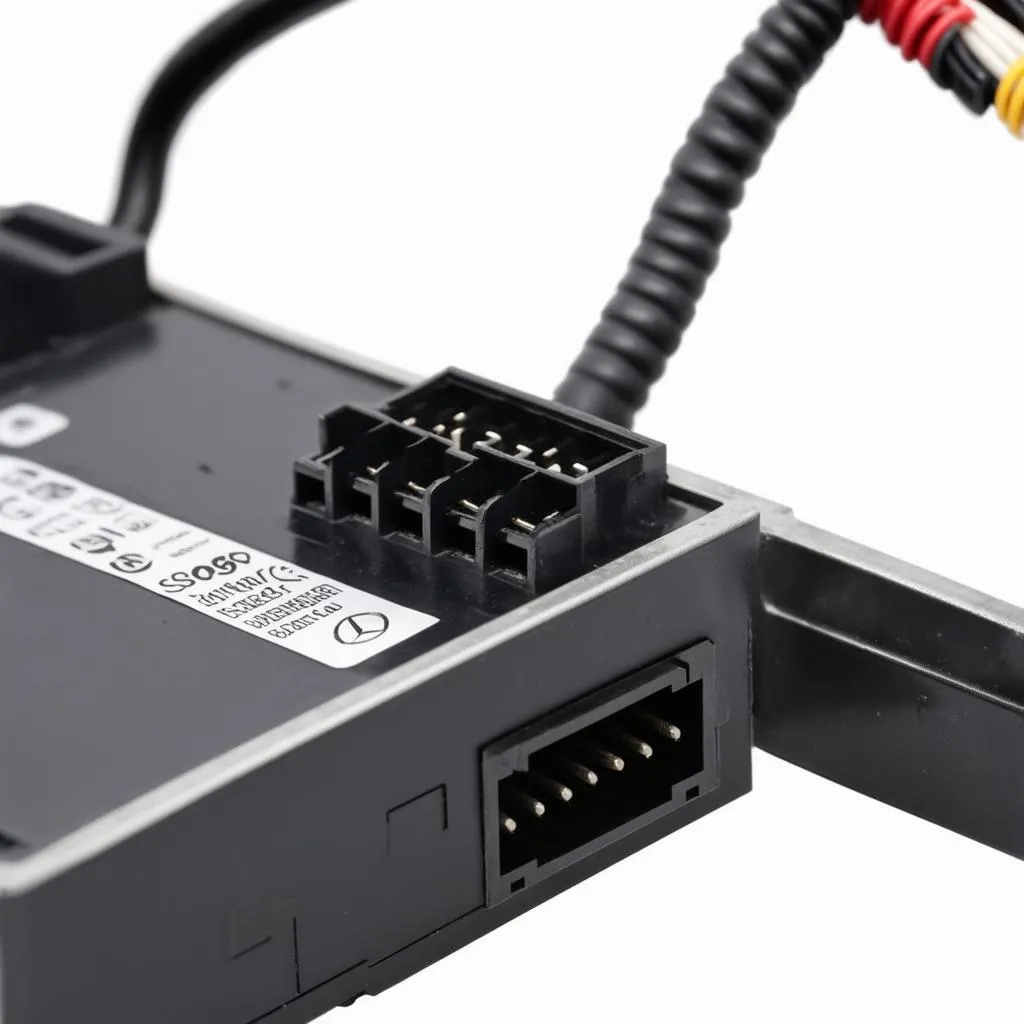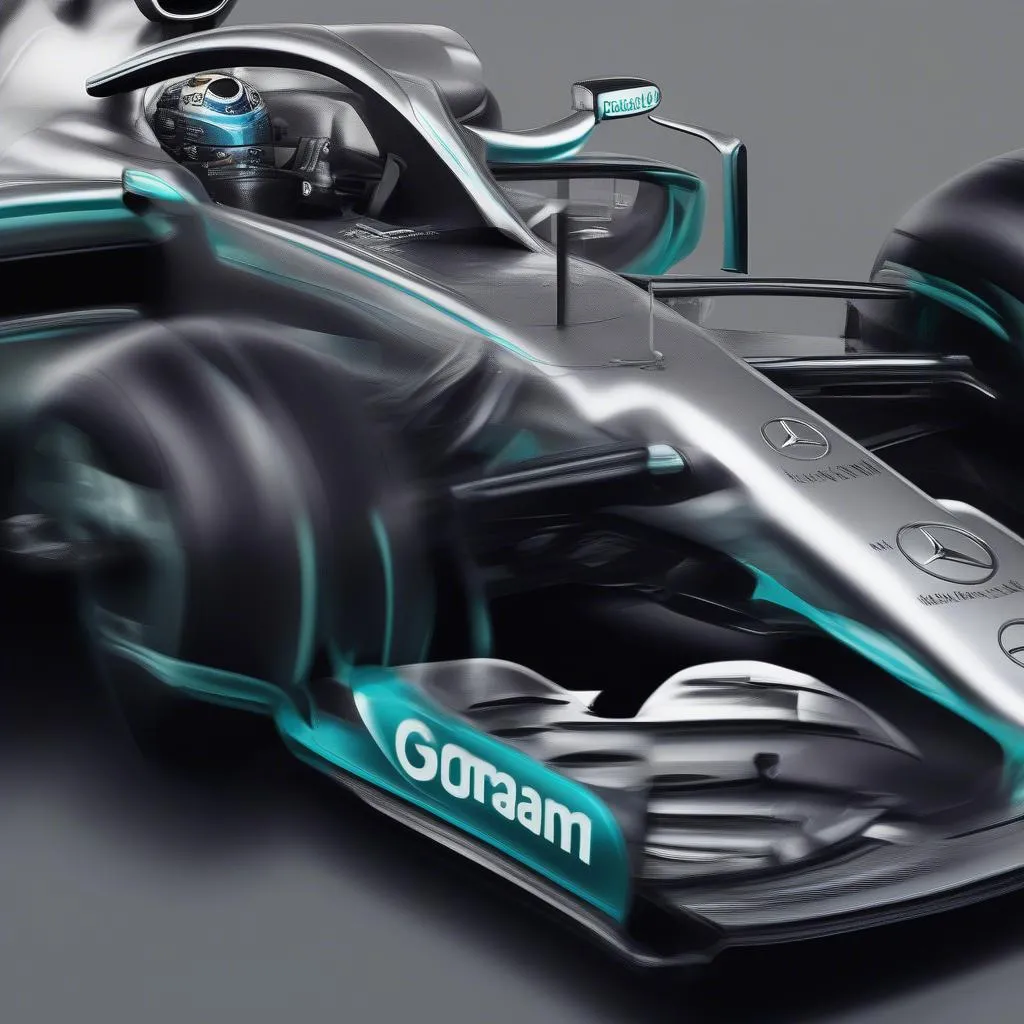The iconic silver arrows of Mercedes, a symbol of dominance in Formula 1, have faced their share of challenges. “Mercedes F1 fix” has become a familiar phrase in motorsport forums, echoing the constant pursuit of performance improvements. Whether it’s battling porpoising, fine-tuning engine mapping, or optimizing aerodynamics, the quest for a “fix” is a never-ending cycle in the pursuit of those crucial championship points.
Understanding the Need for a “Mercedes F1 Fix”
Formula 1 is a game of marginal gains, where even the smallest improvement can mean the difference between winning and losing. Teams like Mercedes are constantly seeking solutions to address issues, enhance performance, and maintain their competitive edge. These “fixes” can range from subtle aerodynamic tweaks to major design overhauls, all aimed at extracting the maximum potential from their cars.
Common Issues and Their Fixes
1. Porpoising:
This aerodynamic phenomenon, characterized by high-speed bouncing, plagued many teams, including Mercedes, in recent seasons.
How to identify it: Drivers often report a loss of downforce and a violent bouncing sensation, particularly on straights.
The fix: Teams have experimented with various setup changes, including ride height adjustments and floor modifications, to mitigate porpoising and restore stability. You can learn more about how Mercedes is combating porpoising on our page dedicated to Mercedes F1 porpoising solutions.
2. Power Unit Performance:
The hybrid power units in F1 are incredibly complex. Optimizing their performance and reliability is a constant challenge.
How to identify it: A lack of power compared to rivals, often noticeable on straights and in acceleration zones.
 mercedes f1 power unit
mercedes f1 power unit
The fix: Mercedes engineers constantly work on engine mapping, fuel flow rates, and energy recovery systems to improve power output and efficiency. They also focus on reliability to avoid costly retirements.
3. Aerodynamic Deficiencies:
Downforce is king in F1. Even minor aerodynamic inefficiencies can significantly impact lap times.
How to identify it: Difficulties in cornering, reduced straight-line speed, or an overall lack of grip compared to competitors.
 f1 aerodynamics
f1 aerodynamics
The fix: This often involves wind tunnel testing and computational fluid dynamics (CFD) simulations to refine the car’s aerodynamic package. Teams introduce new wings, diffusers, and other components throughout the season to improve downforce and reduce drag.
The Importance of Diagnostics and Data Analysis
Modern F1 cars are equipped with an array of sensors generating a massive amount of data. Analyzing this data is crucial for identifying areas for improvement and developing effective “fixes.”
“Data analysis is the lifeblood of modern Formula 1,” says Dr. Emily Carter, a motorsports data analytics specialist. “It allows us to pinpoint even the smallest anomalies and understand how to optimize the car’s performance.”
CARDIAGTECH offers a range of professional-grade diagnostic tools and software that can be adapted for use in high-performance motorsports, providing valuable insights into vehicle performance.
FAQs About Mercedes F1 Fixes
1. Can Mercedes fix their car during a race?
No, major repairs or significant setup changes are not permitted during a race. Teams are limited to minor adjustments, such as front wing angle changes, during pit stops.
2. How often does Mercedes bring updates to their car?
Throughout a season, Mercedes, like all F1 teams, continually develops and introduces performance upgrades. These updates can range from small aerodynamic tweaks to larger component changes.
3. What is the role of the driver in finding a “fix”?
Drivers provide valuable feedback to their engineers, describing how the car feels on track. This feedback helps engineers pinpoint issues and develop solutions.
Conclusion
The relentless pursuit of a “Mercedes F1 fix” is a testament to the dedication and innovation within the team. Whether it’s addressing porpoising, squeezing out more engine power, or fine-tuning the aerodynamics, the quest for improvement never ends. As technology advances and the competition intensifies, we can expect even more innovative solutions to emerge from the Mercedes garage, keeping the silver arrows at the forefront of Formula 1.


